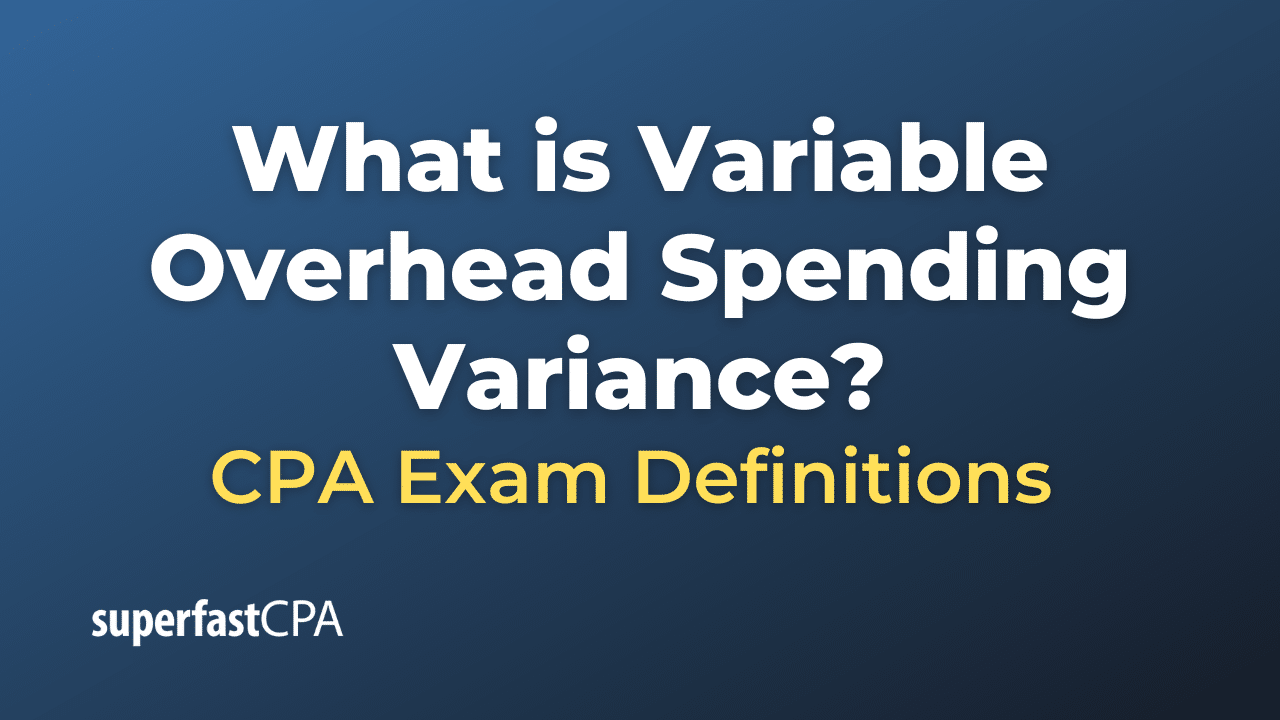8 4 Compute and Evaluate Overhead Variances Principles of Accounting, Volume 2: Managerial Accounting

Accurate budgeting and forecasting are fundamental strategies for managing variances. Businesses can use historical data and predictive analytics to anticipate fluctuations in costs and adjust present value of an ordinary annuity table their budgets accordingly. Employing tools like Microsoft Power BI or Tableau allows for dynamic visualizations of data trends, making it easier to identify patterns and potential deviations.
- On the other hand, if the actual variable overhead rate is higher, the variance is unfavorable.
- An unfavorable variance means that actual fixed overhead expenses were greater than anticipated.
- These variances can impact a company’s profitability, making it essential to understand their implications on cost control practices.
- An unfavorable variance may occur if the cost of indirect labor increases, cost controls are ineffective, or there are errors in budgetary planning.
- Variable overhead spending variance is the difference between the actual and budgeted rate of spending on variable overheads.
- Standard variable overhead rate may be expressed in terms of the number of machine hours or labor hours.
Variable Overhead Spending Variance
Using the information given below, compute the fixed overhead cost, expenditure, and volume variances. An adverse variable manufacturing overhead spending variance suggests that the company incurred a higher cost than the standard expense. This could be for many reasons, and the production supervisor would need to determine where the variable cost difference is occurring to better understand the variable overhead reduction. Controlling overhead costs is more difficult and complex than controlling direct materials and direct labor costs.
Calculate variable overhead spending variance

Possible reasons for the unfavorable variance could be an increase in utility rates, an unanticipated rise in the cost of supplies like lubricants or cleaning materials, or temporary labor that was more expensive than planned. Negotiating favorable terms and maintaining open lines of communication with suppliers can help mitigate the impact of price fluctuations on indirect materials. Long-term contracts with fixed pricing can provide stability in pricing, while diversified sourcing strategies can reduce reliance on a single supplier, minimizing risk.
Calculate Variable Overhead Spending Variance
To enable understanding we have worked out the illustration under the three possible scenarios of overhead being absorbed on output, input and period basis. Since the calculation of variable overhead expenditure variance is not influenced by the method of absorption used, the value of the variance would be the same in all cases. Chartered accountant Michael Brown is the founder and CEO of Double Entry Bookkeeping. He has worked as an accountant and consultant for more than 25 years and has built financial models for all types of industries.
Effectively managing variable overhead spending variance requires a comprehensive approach that integrates proactive planning, vigilant monitoring, and strategic adjustments. By addressing potential variances before they manifest, companies can maintain financial stability and improve their operational efficiency. This could be for many reasons, and the production supervisor would need to determine where the variable cost difference is occurring to better understand the variable overhead efficiency reduction. Budget or spending variance is the difference between the budget and the actual cost for the actual hours of operation. This variance can be compared to the price and quantity variance developed for direct materials and direct labor.
Formulae – Variable Overhead Expenditure Variance ~ VOHEXPV
A company may even use both machine and labor hours as a basis for the standard (budgeted) rate if the use both manual and automated processes in their operations. The standard variable overhead rate or overhead per hour is calculated by dividing the total variable overheads by the standard production hours. This variance would be posted as a credit to the variable overhead rate variance account. This is a cost that is not directly related to output; it is a general time-related cost. Specifically, fixed overhead variance is defined as the difference between Standard Cost and fixed overhead allowed for the actual output achieved and the actual fixed overhead cost incurred. In this example, the variable overhead rate variance is positive (50 favorable), and the variable overhead efficiency variance is also positive (100 favorable), resulting in an overall positive variable overhead variance (150 favorable).
When the actual output exceeds the standard output, it is known as over-recovery of fixed overheads. It estimated its fixed manufacturing overheads for the year 20X3 to be $37 million. For instance, increased production typically leads to higher energy consumption, impacting the overall variable overhead. Monitoring these utility expenses is crucial for managing costs effectively, as they can fluctuate with both production levels and external factors like energy prices.
Optimize your financial performance by understanding and managing variable overhead spending variance with strategic insights and practical solutions. However, with this formula, we don’t have to calculate the actual variable overhead rate if the actual cost in this area is given. Variable overhead spending variance is essentially the difference between the actual cost of variable production overheads versus what they should have cost given the output during a period.
When actual costs surpass budgeted amounts, the immediate impact is typically seen in reduced gross margins as operating expenses rise. This erosion of profitability can be concerning for stakeholders, as it may signal inefficiencies or mismanagement in cost control. Consequently, the income statement reflects a lower net income, which can influence investor perceptions and potentially affect stock prices. A favorable variance means that the actual variable overhead expenses incurred per labor hour were less than expected. Conversely, an unfavorable variance indicates that the actual variable overhead expenses incurred per labor hour were more than expected.
He currently researches and teaches economic sociology and the social studies of finance at the Hebrew University in Jerusalem. A financial professional will offer guidance based on the information provided and offer a no-obligation call to better understand your situation. Our mission is to empower readers with the most factual and reliable financial information possible to help them make informed decisions for their individual needs.